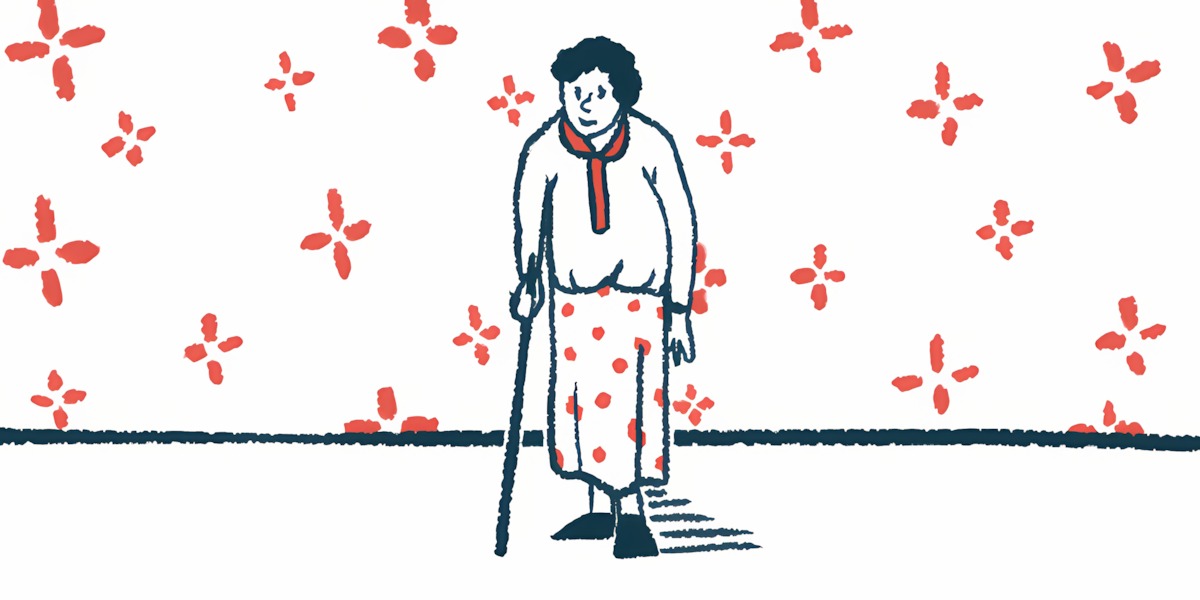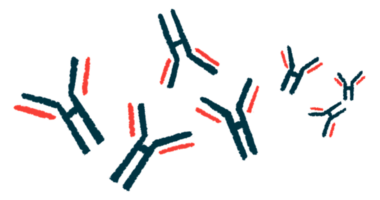Myasthenia gravis outcomes improve over the years in Japan
Study: Patients are older age at disease onset, treatment strategies have shifted

In Japan, myasthenia gravis (MG) was associated with an older age at onset and better clinical outcomes in 2018 compared with 2006, according to a new analysis of nationwide survey data spanning 12 years.
Data also showed a reduction over time in the doses of corticosteroids, anti-inflammatory steroid medications that can cause serious adverse events when used for an extended period, and an increased reliance on steroid-sparing immunosuppressive strategies in MG management.
“These findings underscore notable shifts in the clinical characteristics and, particularly, the treatment strategies for MG in Japan over the [12]-year interval,” researchers wrote, adding that the results “offer valuable insights for shaping future patient care strategies and healthcare policies within Japan.”
The study, “Comparative study of Japanese nationwide epidemiological studies of myasthenia gravis using datasets of 2006 and 2018,” was published in PLOS One.
Epidemiological studies needed to monitor ‘disease’s evolving landscape’
MG is caused by the immune system mistakenly attacking proteins essential for the proper function of the neuromuscular junction — the site where nerve cells and muscles communicate to coordinate voluntary movement. This disrupts the signal between nerves and muscles, leading to common MG symptoms such as muscle weakness, which often begins in the muscles that control the eyes and eyelids but can also affect the face, neck, and throat.
While early studies were key to uncovering the biological mechanisms behind MG, as well as its diagnostic markers and clinical diversity, epidemiological studies over time are needed to monitor “the disease’s evolving landscape, including changes in patient demographics, clinical manifestations, and treatment approaches,” the researchers wrote. Epidemiological studies assess the occurrence and distribution of health and disease.
Findings from such studies are “crucial for informing future patient care protocols and healthcare policy development in the management of MG,” they added.
In this study, a team of researchers in Japan set out to investigate how the disease’s clinical characteristics and treatment strategies have changed over time. To do that, they compared data from the two most recent nationwide epidemiological surveys of MG conducted in Japan in 2006 and 2018.
Each survey followed a two-step process. In the first step, hospitals across Japan were asked to report the number of people with MG who visited their facilities during a full year — specifically, 2005 for the first survey and 2017 for the second. In the second step, those hospitals provided detailed clinical information about each patient who visited the participating hospitals in 2005 and 2017, respectively.
Before examining trends over time, the researchers refined both datasets to include only confirmed cases of MG, resulting in 729 patients from the 2006 survey and 1,357 from the 2018 survey.
Age at myasthenia gravis onset rose significantly over 12 years
Comparing data from these patients revealed several important trends in how MG’s clinical presentation and management have changed in Japan over the 12-year period.
One major change was the age at disease onset, which significantly increased from a median of 47 years in 2006 to 60 years in 2018.
“Our study highlights a significant increase in elderly-onset MG in Japan between 2006 and 2018,” the researchers wrote.
The proportion of men with MG also rose significantly from 37.5% to 46.5%, narrowing the historical gender gap.
This rise in onset age, together with a reduction in female predominance, mirrors global trends previously reported in Austria, Israel, and Germany and provides “crucial insights into the evolving epidemiology of MG in an aging society,” the team wrote.
In both surveys, eye-related symptoms remained the most common first symptom. However, cases beginning with bulbar weakness, which affect muscles used for speaking and swallowing, became significantly more common in 2018, increasing from 13.3% to 16.7%.
These findings underscore crucial trends in MG management and offer valuable insights for shaping future patient care strategies and healthcare policies within Japan.
Clinical outcomes also appeared to have improved over the years. The proportion of patients experiencing a myasthenic crisis, a life-threatening MG complication marked by severe muscle weakness and respiratory failure, dropped from 13.6% in 2006 to 7.6% in 2018.
Similarly, patients’ scores on the MG Activities of Daily Living scale — which assesses how MG symptoms affect everyday activities — improved from an average of 2.2 to 1.8, indicating better day-to-day functioning and symptom control.
Regarding treatment approaches, the use of tacrolimus, an immunosuppressant sometimes used off-label for MG, plasma exchange (PE), and intravenous immunoglobulin therapy was significantly more common in 2018.
In contrast, significantly lower doses of oral corticosteroids were used per patient in 2018, “potentially indicating a shift [toward] steroid-sparing immunosuppressive strategies and increased use of acute immunotherapies,” the researchers wrote.
Thymectomy, a surgery to remove the thymus gland, whose abnormalities are thought to likely contribute to MG, was significantly less common in 2018 than in 2006.
“These findings underscore crucial trends in MG management and offer valuable insights for shaping future patient care strategies and healthcare policies within Japan,” the researchers wrote. “Future periodic nationwide epidemiological studies, complemented by multifactorial analyses of patient conditions on a global scale, are necessary to optimize the management of MG patients and inform evidence-based medical policies.”








